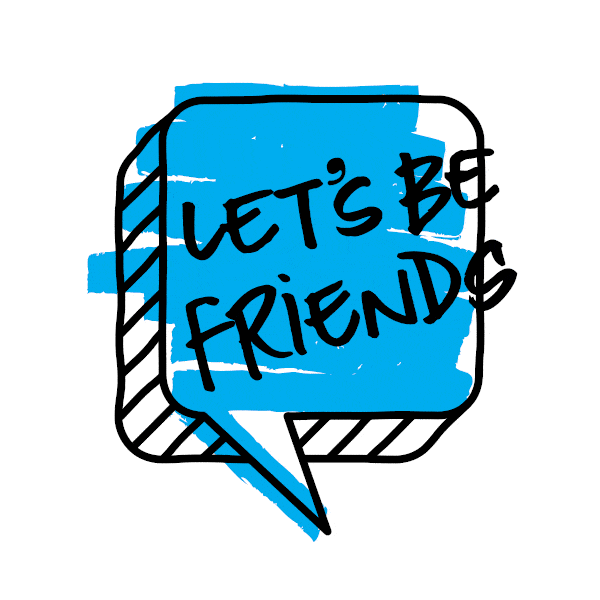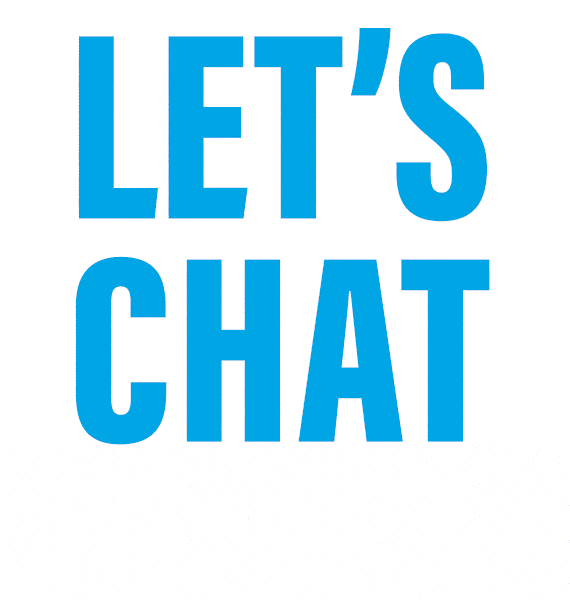I have hundreds of jingles in my head. Some are readily available to my consciousness while some are only recalled when the brand is mentioned, or similar lyrics are used in a sentence, or the rhythm of words unearths the memory. One could say I watched a lot of television growing up and that’s why I have stored this catalog of music in my head. My co-workers think I am nuts when I randomly repeat a few bars of whatever jingle just surfaced Almond Joy’s got real milk chocolate, coconut munchy nuts too too. Mooooouunds got deep dark chocolate and chewy coconut…
Like most people, I am fond of music. Not all music, but a lot of it. And if I’ve heard a song enough times to recognize it from the beginning, it gets added to the huge jukebox that requires a mere mental suggestion to begin playing. And maybe be belted out (unfortunately I can’t sing – but I can belt loudly). I think music is a universal language. It brings back memories. It elicits emotion. It connects us with friends and people that we don’t even know. It lives in our subconscious, waiting for our neurons to push play. These are all ingredients for indelible advertising.
Music is used in several ways in advertising. There’s the musical stinger, with no words, like Intel uses. It took a lot of ad frequency to make that stick – but it’s stuck, right? I think music with words works better in ads – but even then, some are more effective than others (the science is coming in a minute). A stinger with lyrics certainly requires less frequency to stick than one without the words (Avocados from Mexico).
Original jingles can make brand messaging very memorable. You need to stick with it in order to get the necessary frequency of course. But, a good original jingle can prove almost invaluable (Hot dogs. Armour hot dogs. What kinds of kids eat Armour hot dogs?). The music and lyrics are original to the brand. And when done well, the jingle can become part of pop culture. Wouldn’t you love to hear people singing about your brand in a random setting?
Then there’s original songs that are licensed to brands to use in their advertising. Currently, Wrangler is using a memorable tune from 1977 called ‘Jeans On,’ to support their brand position. It’s catchy, even if you weren’t around 47 years ago. And finally, there’s old songs that have gotten new brand specific lyrics. Who hasn’t heard O-O-O-Ozempic? They have hijacked the memorable equity in your head for their own benefit. It was instantly recognized by their 50+ target. And even if you never heard ‘Magic,’ the 1975 hit song by Pilot, you know by now that it was very catchy. I remember very well who my friends were and where we hung out back when that song was around. Memories and emotions – just what Ozempic was going for.
Science tells us that ads that use music to drive the action have more peaks of memory and emotional impact than those with mere background music. It can make its way into long-term memory and stay with us an entire lifetime (for better or for worse – some jingles that I store aren’t too good).
A recent Advertising Age article stated that jingles were making a comeback for nostalgic reasons. That supports the emotions and memories that I believe is the true appeal. And while I think music-driven ads should never have fallen out of favor, the collection in my head always has room for a few new classics. Because… sometimes you feel like a nut. Sometimes you don’t!










